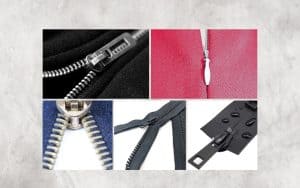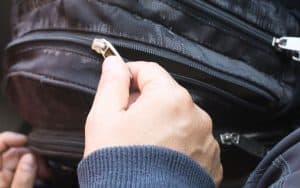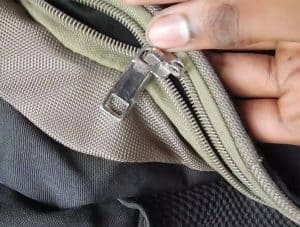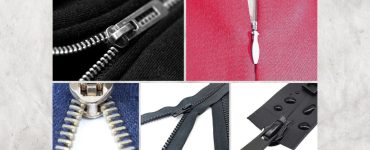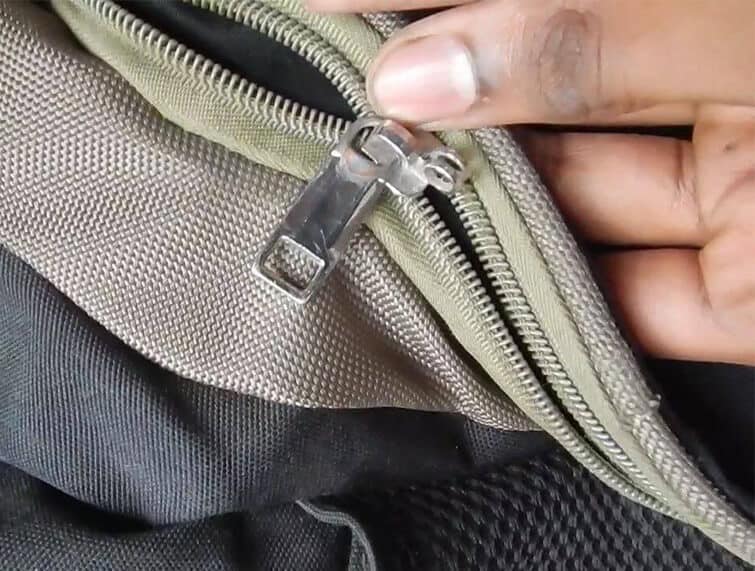Keeping your wardrobe in good condition is essential, not only to ensure you always look your best but also to save you money in the long run. Clothing repair is a valuable skill that everyone should possess, and the good news is that you don’t need to be an expert seamstress to be able to do it. With some basic knowledge and a few essential tools, you can repair most clothing items quickly and easily. In this blog, we will introduce you to ten common clothing repair techniques that every person should know.

Basic Tools and Materials for Clothing Repair
Before getting started on any clothing repair project, it is essential to have the right tools and materials on hand. Here are some essential tools and materials for clothing repair:
Sewing Machine
A sewing machine is not always necessary for basic clothing repairs, but it can make the job easier and quicker.
Hand-Sewing Needles
A variety of hand-sewing needles should be in your toolkit, including sharp and blunt ones in various sizes.
Thread
When it comes to thread, it’s best to have a selection of colors on hand so that you can match them to different fabrics. Polyester thread is a good all-purpose thread, but cotton or silk thread may be better for delicate fabrics.
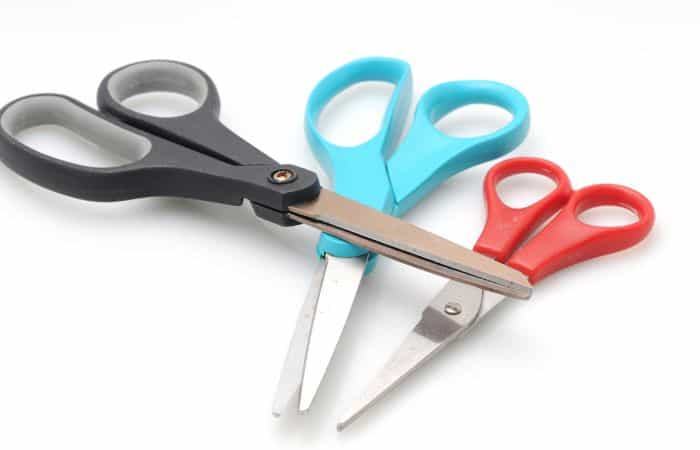
Scissors
A good pair of fabric scissors is essential for cutting fabric. It’s important to keep them sharp and only use them for cutting fabric to prevent dulling the blades.
Seam Ripper
Mistakes happen, and a seam ripper is an essential tool for undoing stitches when you need to make a correction.
Iron
An iron is a vital tool for clothing repair, especially when it comes to pressing seams, hems, and folds. It can help to make your repairs look neat and professional.
Pins
Use pins to hold fabric in place while sewing. They come in different lengths and thicknesses, so make sure to choose the right type for your fabric.
Fun Outdoor Quiz
Patches
Patches are handy for covering holes or adding decorative accents to clothes. Keep a selection of sizes and colors on hand to use for repairs.
Fusible Web
Fusible web is a glue-like substance that can be used to bond fabrics together without sewing. It’s a handy tool for quick and easy repairs.
Fabric Glue
Fabric glue can be used to attach small items like buttons or to fix tears without sewing. It’s not as strong as sewing, but it can be a good temporary fix until you can get around to a proper repair.
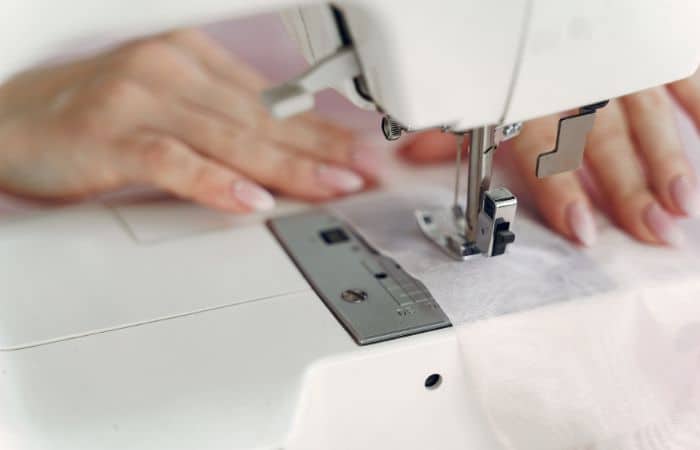
Common Clothing Repair Techniques
Now that you have the basic tools and materials for clothing repair, let’s take a look at some of the most common clothing repair techniques that every person should know.
Hemming
Hemming is a simple but important clothing repair technique that allows you to adjust the length of a garment to fit your body or to repair a frayed hem. To hem a garment, you will need to measure and mark the desired length, fold the fabric up, and sew it in place. You can use a machine or hand-sew the hem depending on your preference. When sewing a hem, it’s important to use the same type of thread as the rest of the garment and to make sure the hem is even and straight.
Patching
Patches are a great way to cover up holes or tears in garments. When patching a garment, it’s important to choose a patch that matches the color and texture of the garment. You can use fusible web or fabric glue to attach the patch to the inside of the garment, then sew around the edges to secure it in place. For a more decorative patch, you can use embroidery or fabric paint to embellish the patch.
Replacing Buttons
Buttons can easily fall off of garments, but they can be replaced with a few simple steps. First, choose a button that matches the others on the garment. Then, thread a needle with matching thread and sew the button in place. It’s important to make sure the button is securely attached and won’t fall off again.
Fixing Zippers
Zippers are a common source of frustration when they get stuck or break. If a zipper is stuck, try using a bar of soap or a pencil to lubricate the teeth. If a zipper is broken, it may need to be replaced. To replace a zipper, you will need to remove the old zipper and sew in a new one. It’s important to make sure the new zipper is the same length as the old one and that it matches the style of the garment.
Mending Tears
Tears in clothing can be repaired by hand-sewing the tear together. It’s important to use a needle and thread that match the color of the garment and to sew the tear together in a way that is not visible from the outside. If the tear is in a high-stress area like the knees of pants, you may want to reinforce the repair with a patch.
Fixing Hems
Hems can come loose or fall out over time, but they can be easily fixed by re-sewing them. To fix a hem, you will need to remove the old stitching and fold the fabric up to the desired length. Then, sew the hem in place using a needle and thread that matches the garment.
Resizing
If a garment is too big or too small, it can be resized by adjusting the seams. To take a garment in, you will need to sew the seams closer together. To let a garment out, you will need to add additional fabric to the seams. It’s important to make sure the garment fits properly before making any permanent adjustments.
Shortening Straps
Straps on dresses or tops can be shortened by adjusting the length of the strap and sewing it in place. It’s important to make sure the straps are even and the garment fits properly before making any adjustments.
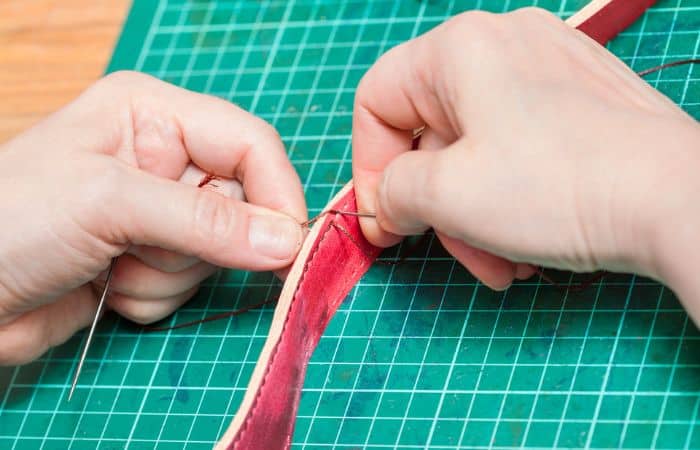
Fixing Holes in Pockets
Pockets can develop holes over time, but they can be fixed by sewing a patch over the hole or by replacing the entire pocket. It’s important to use a patch or fabric that matches the color and texture of the garment.
Adjusting Waistbands
If the waistband on a garment is too tight or too loose, it can be adjusted by sewing elastic into the waistband or by adding additional fabric to make it larger. It’s important to make sure the waistband fits properly before making any adjustments.
Tips and Tricks for Clothing Repair
In addition to the basic techniques for clothing repair, there are many tips and tricks that can help make the process easier and more effective.
Use the Right Tools
Firstly, it is important to have the right tools and materials before starting a repair. This includes items such as needles, thread, scissors, fabric glue, fusible web, and any other tools specific to the repair you are making. Having these tools on hand will make the repair process much smoother and ensure that you have everything you need to complete the job.
Choose the Right Thread
When selecting thread, it is important to choose a color and weight that matches the garment you are repairing. This will help the repair blend in with the rest of the garment and look seamless.
Reinforce High-Stress Areas
Reinforcing high-stress areas, such as the knees of pants or the elbows of jackets, can also help prevent further damage and extend the life of the garment. Consider using patches or extra layers of fabric to add strength to these areas.
Take Your Time
Taking your time when making a clothing repair is also crucial. Rushing through a repair can lead to mistakes or a subpar result. By working carefully and slowly, you can ensure that the repair is of high quality and looks professional.
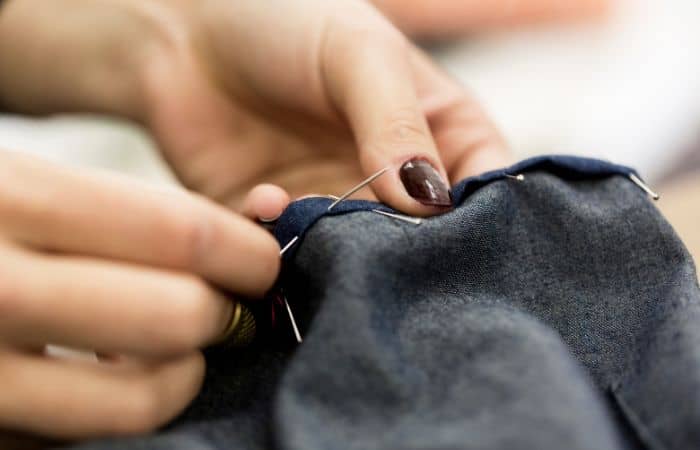
Don’t Be Afraid to Ask for Help
If you are unsure how to make a repair or are having difficulty, don’t be afraid to ask for help. Seeking advice from a professional tailor or seamstress, or even asking a friend or family member with experience in clothing repair, can be very helpful.
Practice on Scrap Fabric
Practicing on scrap fabric is also a great way to improve your clothing repair skills. By practicing on scraps, you can get a feel for the tools and techniques involved without risking damage to a valuable garment.
Use a Thimble
Using a thimble when hand-sewing a repair is important to protect your fingers from the needle. This small tool can help prevent accidental pricks and make sewing easier.
Keep a Repair Kit Handy
Additionally, keeping a repair kit handy, with basic repair tools and materials like needles, thread, scissors, and fabric glue, can help you quickly make a repair when needed.
Conclusion
In conclusion, having some basic knowledge of clothing repair techniques can save you money, extend the life of your clothes, and help contribute to a sustainable lifestyle. By following the instructions provided in this blog, you can learn how to perform ten common clothing repair techniques that every person should know. With a little practice, you will be able to repair most clothing items quickly and easily, and you will never have to throw away a favorite garment due to a small tear or a lost button again.



